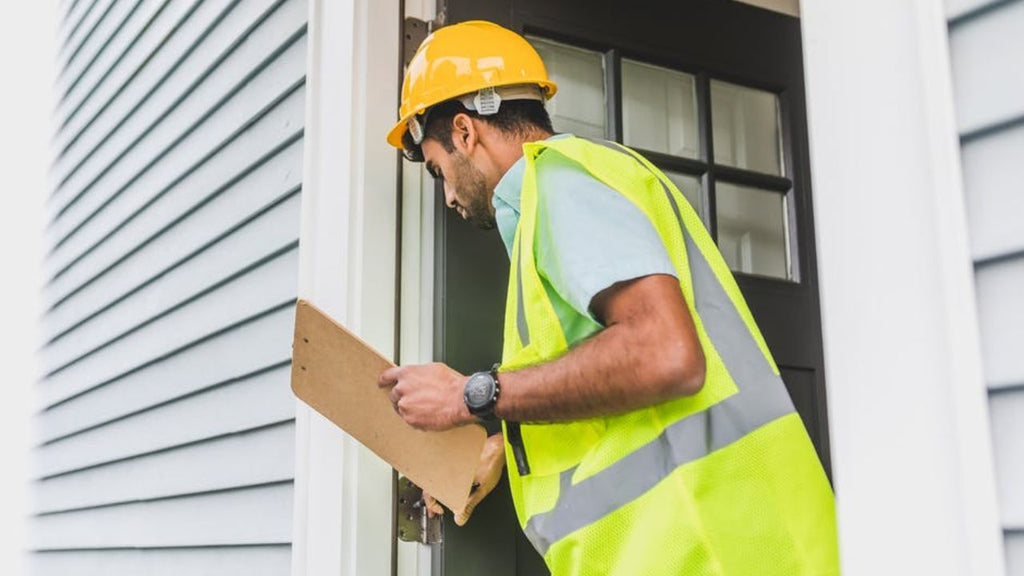What Are the Best Ways to Prevent Construction Accidents?

Considering recent advancements, you'd think that construction work would be safer than ever. That's not the case, though. Construction fatalities rose by 10% between 2011 and 2022.
Construction accidents happen very often because it's a dangerous industry. Without the proper equipment, training, and skills, any job can become a disaster.
There are ways that you can prevent an accident as an employer, though.
By following certain steps, you'll reduce your risks and foster a safer environment. Read on to learn a few of our best tips for avoiding construction accidents.
Train Your Employees
Your very first step to keeping your employees safe is to train them. You can't expect your employees to be safe if they don't know the proper procedures they should be taking.
Consider creating a comprehensive safety course for your employees. This course should teach employees about:
- Common risks of the job
- The PPE they should be wearing
- How to identify risks
- How to cope with safety risks
- Where to report noncompliance
If you don't want to create your own course, then there are plenty of other options. Consider using an online course or hiring a safety team to create one for your business.
One-time training isn't enough. Make sure to have regular meetings regarding safety to keep your employees up-to-date.
Hire the Right Professionals and Employees
In late 2021, an unbelievable 92% of contractors experienced trouble finding workers. As a result, almost half (42%) had to turn down work because of it.
With dreary numbers like that, it makes sense to hire anyone that applies to your job. That's an understandable mindset, but it's risky.
Hiring the wrong person could be a safety disaster in the making.
Despite your training goals, you might still need someone experienced. Depending on the job, you might need someone with specific skills. You'll most likely need someone in good physical shape, too.
An unfit person can get hurt day one when working for construction companies for the first time.
Maintain the Right Safety Gear
As an employer, it's your legal duty to provide a safe workspace. As part of that, you should have specific safety gear available for construction jobs. Some basic PPE that you'll want to have on hand includes:
- Hard hats
- Safety glasses
- High visibility clothing
- Work gloves
OSHA requires that your employees wear specific gear on any construction site. This includes hard hats, glasses, and steel-toed shoes. High visibility clothing is also required for any outdoor or roadway project.
Other job-specific gear might be necessary. It's your job to ensure that you have the right equipment for each job.
Purchasing this safety gear once and then forgetting about it isn't enough. You'll need to maintain it, too. Schedule regular inspections, and replace gear on a regular basis.
These habits will pay off in the long run by keeping everyone safe.
Create a Hazard Checklist for Each Job
Training your employees and getting the right gear will set you on the right path. Every single job, though, will carry very specific risks.
For that reason, make it a company policy to create a checklist for each job. This checklist should help employees:
- Identify potential hazards of the job
- Create a plan for each hazard
- Determine what safety gear is appropriate
- Visualize how the job will get completed
By doing this for each job, employees will be more prepared. In the best cases, it will help them avoid an accident.
Ensure Compliance
With all these plans in place, it's far too easy to get complacent. That won't do! If your employees aren't following through with these plans, then they'll be ineffective.
You need to ensure compliance. Here are a few ideas to help with that:
- Ask employees to turn in pre-work hazard checklists
- Show up at job sites and conduct an inspection
- Reward compliant employees with random bonuses, gift cards, etc.
- Penalize noncompliance
This might seem a lot like helicopter management, but it's not. Remember, it's your legal duty to ensure all employees are safe at work.
Accountability is Key
Compliance and accountability walk hand-in-hand. You cannot remain compliant if you aren't holding employees accountable.
Make sure to identify employees who are following the rules. Anyone who is being reckless or intentionally skirting the rules should get warned. There should be minimal tolerance for such behavior on the job site.
It's far better to fire an employee for bucking safety rules rather than suffer an accident. Work accidents can lead to not only long-term injuries but also long-term costs.
Stay Insured Anyway
After pouring so much into preventing accidents, it's tempting to get rid of insurance. Your thoughts are sensible yet unwise. You should never lapse or stop investing in your insurance policies.
Working in construction is a huge risk daily. Even tasks that seem minor can cause long-term injuries. With that in mind, you need to stay insured.
Insurance can protect you if a worker gets hurt. It also protects your business. What's more, it's required by law that you stay insured in the construction industry.
Avoid Most Construction Accidents With These Tips
If you follow the safety tips above, then you should be able to avoid most construction accidents. Not every incident is avoidable, though, so it's always best to remain prepared.
Stay vigilant, and you'll keep yourself, your employees, and your business safe.
Are you currently in the market for some custom safety vests? High visibility shirts are a must-have for most construction jobs.
Check out our selection of custom printed safety apparel now to find your best fit.
